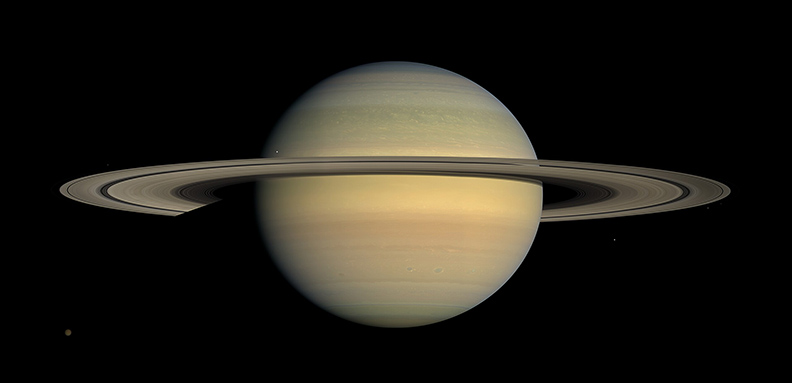Though Sky-watchers often have to put up with freezing temperatures, fogged up eyepieces, and cloudy skies (hiding sky events we were anxious to see), we find lots of enjoyment doing backyard astronomy. Some amateur astronomers have even gained some fame by discovering comets, or recording fluctuations in variable stars. But for the majority of us who watch the sky we find astronomy just down right fun! Here are some reasons why.
Astronomy offers a challenge. I can’t forget the first time I confirmed seeing distant Uranus with my unaided eyes. This happened after hours of scanning with binoculars and telescope.
Astronomy offers many beautiful objects to see. Even though we have all seen the marvelous nebulae and star cluster images provided by the major space telescopes and massive land based scopes, in my mind, nothing rivals seeing the rings of Saturn for the first time in the eyepiece of a modest backyard telescope. Or seeing the smudge of a distant spiral galaxy; and finding that elusive gaseous nebula hidden from sight by great distance —– that comes alive through my telescope! Look at the head star of the constellation Cygnus the Swan through a telescope and that single point of life resolves into a lovely double star: one orange and the other a brilliant blue!
Astronomy offers peace and calm. Several times on summer nights each year I go out and sit in a reclining chair and scan the sky from southwest to northeast, passing through the zenith, with binoculars. Countless more stars and clouds of cosmic dust and gas are revealed than I can see without the binoculars. I think about the vastness of space and all that is there in God’s creation, and it makes me feel humble and calm.
And astronomy offers a chance to share the sky with others. I enjoy doing this with the Adult Life Long Learning class I do each fall through Washington College. And the most fun is when we actually get outside and look at the Moon, planets, and stars with binoculars and telescope. I enjoy the “oohs” and “aahs” I hear from my students. And I recall the happy years of observing the sky as a boy growing up with a buddy across the street who also had a telescope: getting up before dawn to catch a rising planet; sneaking out late to see an eclipse; and bragging that my scope was better than his. It was by the way; until he got that darn 6 inch Dynascope reflector from Criterion Manufacturing.
Astronomy is fun!!
This month’s fun centers on Jupiter. It lies in the southwestern sky as soon as it turns dark and remains visible (brightest thing there) until it sets around midnight (Feb. 1st and 10:30 Feb. 29th). Yes, 2024 is a leap year. Saturn will slip into twilight by February 15th also in the southwest, so try to get your last views of it before mid-month. Saturn will reappear in the morning eastern sky before sunup later this year.
In the eastern skies before dawn now, the orbits of Venus and Mars will appear to bring them closer to each other all month. By the end of February the two will only be a few degrees apart; Venus the much brighter, and Mars a dull reddish color. They will be low to the horizon however, so look for a good view right down to the horizon.
In the southern sky all month the bright winter constellations dazzle and the brightest star we can see at night at all is there: Sirius, twinkles and shimmers just above the southern horzion, down and left of the 3 belt stars of Orion the hunter.
This month the Full Moon is on the 24th. Go out and look up! Have some fun! Good night!



Write a Letter to the Editor on this Article
We encourage readers to offer their point of view on this article by submitting the following form. Editing is sometimes necessary and is done at the discretion of the editorial staff.